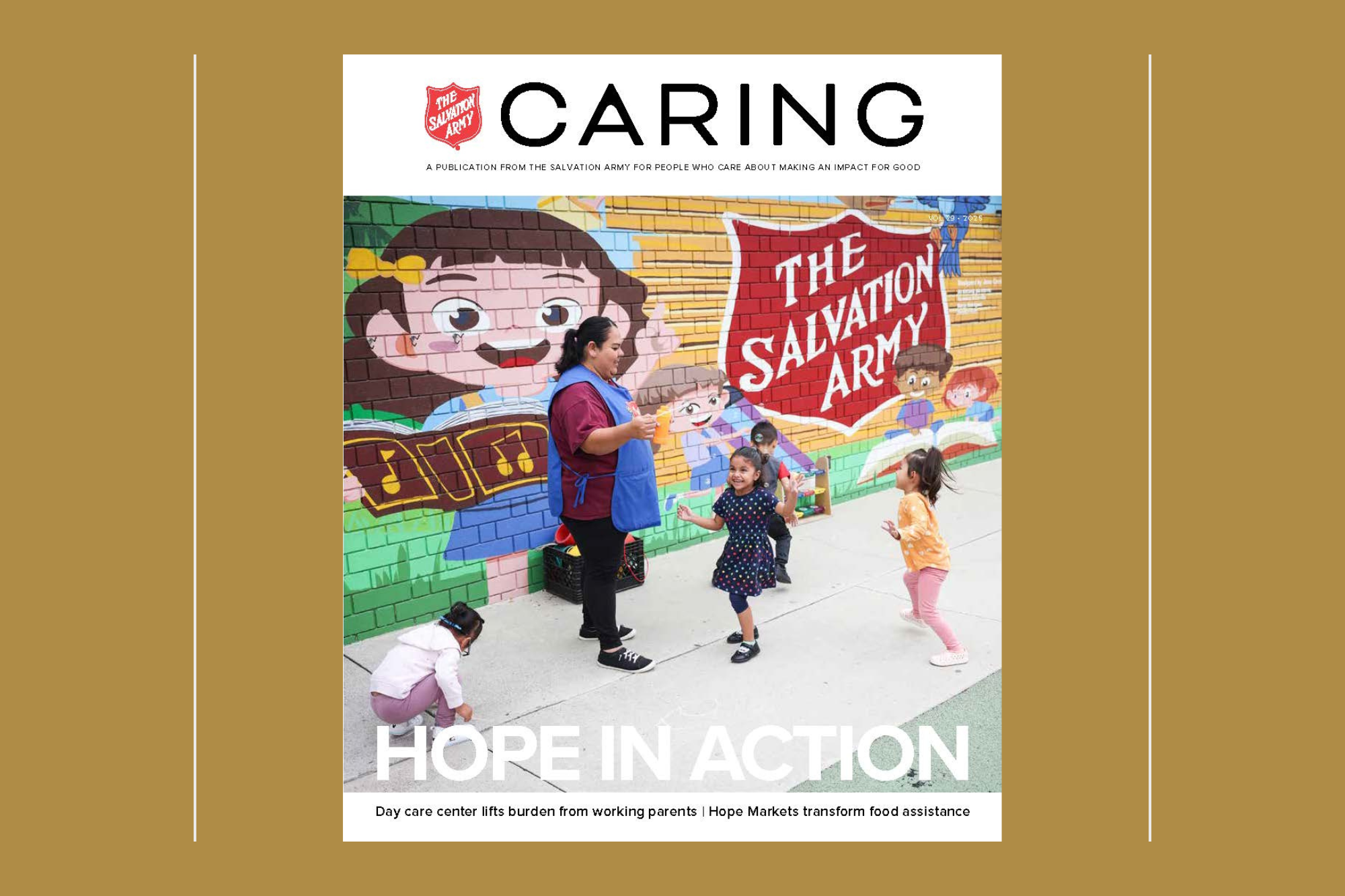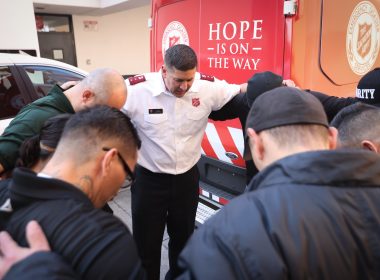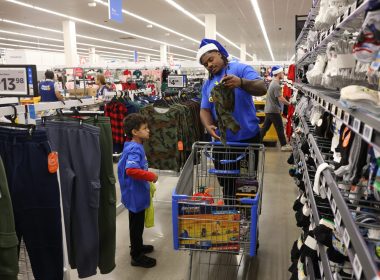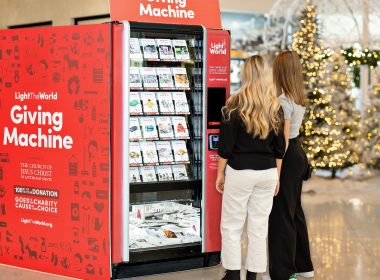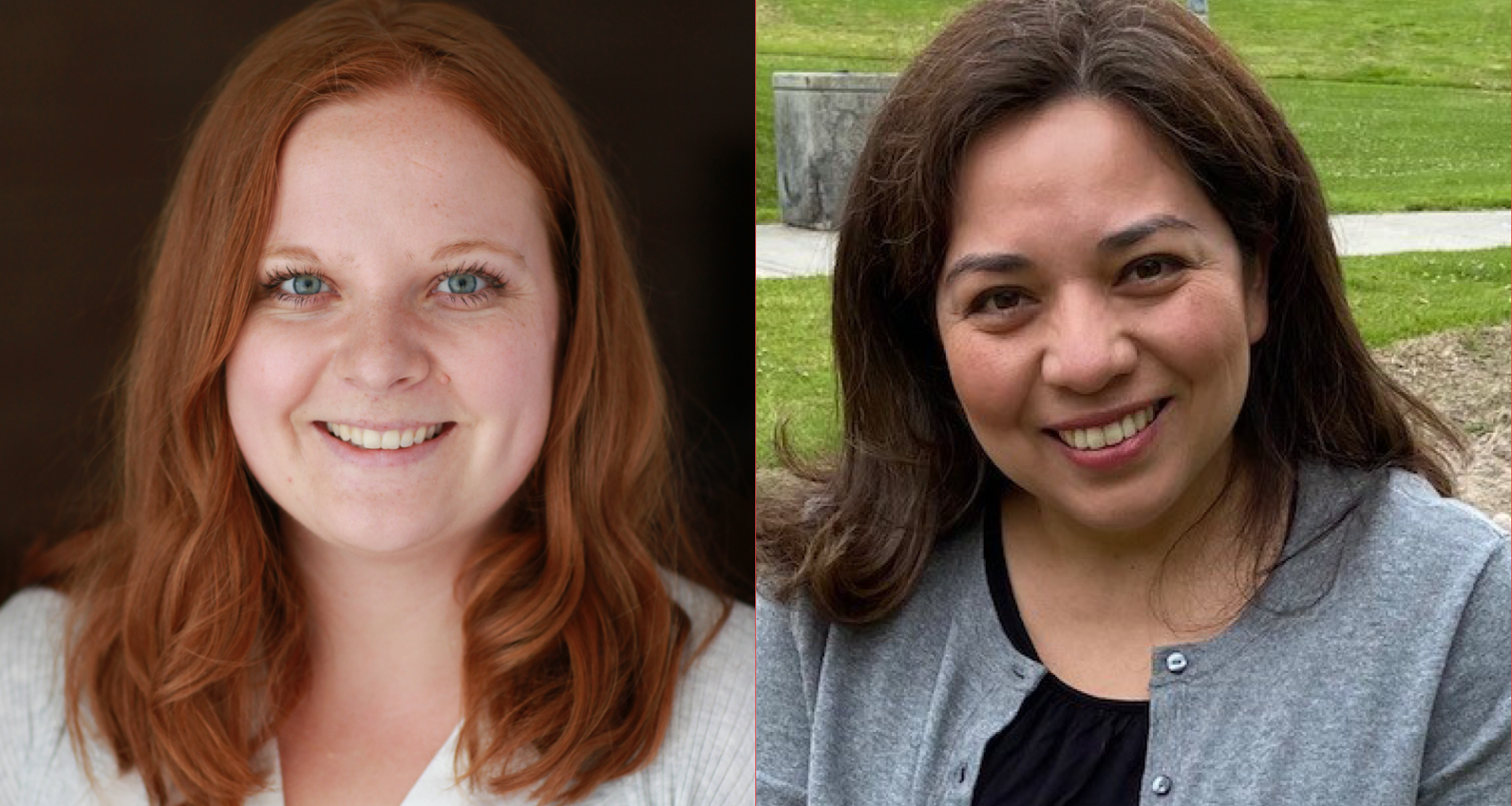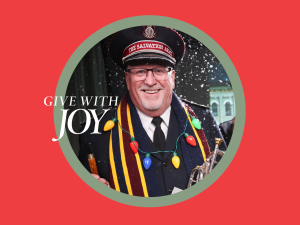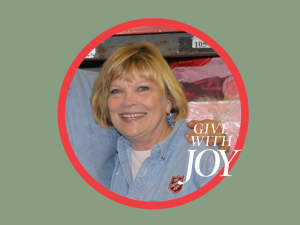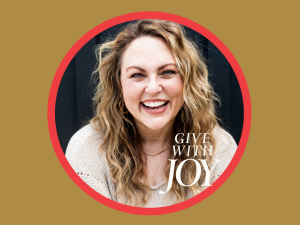Want to hear some encouraging news that’s emerging from communities across America? After years of declining volunteer participation—a trend that accelerated during the pandemic—researchers are documenting what they’re calling a “volunteer rebound.”
The numbers are striking. Nearly 30 percent of Americans formally volunteered from 2022 to 2023, contributing almost 5 billion hours of service. That’s a return to pre-pandemic levels, and in some places, volunteer participation is reaching heights we haven’t seen in years.
But this isn’t just about getting back to where we were. Something deeper is happening. We’re seeing new forms of volunteering emerge—virtual opportunities that make service accessible to people who couldn’t participate before. We’re witnessing dramatic growth in some locations, like one Salvation Army center that saw a 162 percent increase in volunteers across three years. And perhaps most meaningfully, we’re seeing more people who once received help returning to serve others.
To help us understand what’s driving this volunteer rebound and what it means for communities across the West, I’m joined by two guests today: Hillary Jackson is the Managing Editor for Caring Magazine, and recently reported on this trend, and Adriana Thiele is the Director of Volunteers and Community Engagement for The Salvation Army in San Diego.
You can find Hillary’s story here.
We’ll explore not just the numbers behind this rebound, but the stories—how volunteering is becoming a pathway to healing, how people are finding new ways to serve and how communities are becoming more resilient as a result. We’ll also look at some innovative approaches, from disaster response training to virtual volunteering opportunities that are expanding who can participate in meaningful service.
Whether you’re already volunteering, thinking about getting involved, or simply curious about this trend that’s quietly on the rise, this episode will give you insight into how people just like you are choosing to be part of extraordinary change.
Show highlights include:
- More on the “volunteer rebound” and what the data shows.
- If The Salvation Army is experiencing the same trend.
- What Adriana is seeing in her community.
- More on virtual volunteering and how it’s made volunteering more accessible to a broader range of people.
- How one Salvation Army location saw a 162 percent increase in volunteers from 2021-2024.
- Stories of individuals who came to The Salvation Army for assistance and then returned as volunteers and even staff members.
- The therapeutic benefits of volunteering.
- How The Salvation Army in San Diego is training volunteer cohorts specifically for disaster response.
- Areas of greatest need for volunteers.
- Volunteerism as part of a broader rebound in positive trends.
- How to start volunteering today.
Listen and subscribe to the Do Gooders Podcast now. Below is a transcript of the episode, edited for readability. For more information on the people and ideas in the episode, see the links at the bottom of this post.
* * *
Christin Thieme: Hillary, you recently wrote a story for Caring on what researchers are calling a volunteer rebound across the nation. Can you tell us a little bit more about what you found in reporting that story?
Hillary Jackson: Yes, definitely. I saw a report from AmeriCorps and the Census Bureau, it’s called Volunteering in Civic Life in America. And it caught my eye because it had a really positive headline. It was saying volunteering is on the rise in this post-pandemic world. And I thought, wow, that’s really cool. And so the report found 22% growth in two years, which is the largest ever recorded expansion. And being where I am and where I sit at The Salvation Army I thought, what does this mean for us? Have we experienced this? Obviously so much of what we do involves volunteers supporting us in our mission.
That led me to our territorial statistician. And so she pulled the numbers and I looked at them and sure enough, across the west, volunteering is up about 16%. And so when I say the west, it means the 13 western United States, Guam, and Micronesia, everywhere where The Salvation Army has a presence. And so it seems like on the whole, volunteering is on the rise. I thought that was pretty remarkable considering for us, at The Salvation Army during the pandemic, we just saw exponential growth, both in terms of things donated, volunteer power, and so it’s encouraging to me to see that people are returning to these levels of involvement.
Christin Thieme: In some of that data you reported, you found that nearly 30 percent of Americans formally volunteered from 2022 to ’23, serving for almost 5 billion hours. And like you said, the biggest jump that we’ve seen in all the time it’s been tracked. So is there anything that researchers are pointing to that is driving this turn to return to pre-pandemic volunteer levels?
Hillary Jackson: I think so much of it is those things that we saw occurring during the pandemic. We’ve realized how much we need each other, a meaningful connection. I think so much of what makes volunteering great is just you want to give back to others, I think possibly too, the economy. People want to give, but maybe they don’t have resources financially, and so giving back through your time is another way to really make a difference.
Christin Thieme: Adriana, what about in your community? How does this bigger overview of what’s happening here, how does that look on the ground for you there in San Diego?
Adriana Thiele: I think here for us in San Diego, we’re definitely seeing an increase in episodic volunteers, so volunteers that are coming in to volunteer a couple of times here and there. But we have seen a little bit of a decrease in ongoing volunteers. And this was right after COVID I would think. But now little by little, I’m starting to see us move more towards having volunteers that are a little bit more committed and coming in week after week, which is fantastic for us because we like to see people coming in on an ongoing basis. But we had an interesting wave during COVID because prior to COVID we had fewer volunteers, but they were ongoing volunteers so we would see them often. And then during COVID we had a complete increase in the number of volunteers that we had coming into our food pantries, but they were only coming in every once in a while.
And I think for the most part, those people were the kinds of people that were working from home and had some time. And then once we were out into the world again, we started seeing those numbers decrease a little bit. For the most part, the episodic volunteers still kept coming, so it was nice that maybe they were enjoying the COVID volunteering, and then once we were able to out go out, they still wanted to continue volunteering with us. And now we’re starting to see a mix of both. And now I’m trying to see, okay, well let’s see where we go from here. Let’s see if we end up with more episodic or our ongoing volunteers. But I think for the most part, I agree with Hillary, we’re definitely starting to see an increase in volunteers.
Christin Thieme: When you say episodic and ongoing, can you give us a couple of examples of what those type of volunteering opportunities might be?
Adriana Thiele: So for example, our episodic volunteers, you have volunteers that are coming into the food pantry. So you might have volunteers that are coming in to sort or distribute food. They might come in one day in March, they might come in two days in April. And then you have your ongoing volunteers. So you might have a volunteer or you might have a volunteer that is working at a front desk somewhere and they come in once a week on a Tuesday for six months.
Christin Thieme: In the story, Hillary, you wrote about a development around virtual volunteering, which made volunteering more accessible to a broader range of people, not just during the pandemic but ongoing. Can you share a little bit more about that?
Hillary Jackson: Yeah, definitely. I think all of us can remember COVID and how everything suddenly moved online. And like you just said, so much of that was volunteering as well. And I think it’s ideal for a lot of reasons because, for example, the report found 10% of people have a disability who are surveyed as virtual volunteers. And so for these people having a way to give back that maybe helps them with accessibility needs or if they have chronic illness, it helps them help others, in a way that makes sense.
Christin Thieme: One of the specific examples that you share in the story, which again we’ll link to in the show notes so you can read the full story, but you talk, Hillary, about the Ray and Joan Kroc Corps Community Center in Phoenix, which saw a 162 percent increase in volunteers from 2021 through to 2024. What are they saying contributed to that type of growth?
Hillary Jackson: Yeah, well that particular location is one of the largest corps in the territory, but I think you could say we’ve got so many different places, there are a number of factors that they said contributed to this change. A lot of it was having a dedicated volunteer coordinator helping to steer not only the paperwork piece, which is a big part of volunteering for the Salvation Army because we want to make sure that everyone who comes through is safe for our people to be around. That was a big component of it.
Also, just having a sheer number of opportunities. Every person is so different, their skill sets are so different, their time, their abilities, having a range of things available and maybe, like Adriana said about episodic volunteers versus one-off kind of situations, just having those opportunities available. And at the Kroc Center, like so many Salvation Army centers, there is the church component and the community center component. And so they’ve done a really good job at really mobilizing not only their church congregation, but those who want to serve from the community. So they’ve created a QR code for their church members to even scan and see what opportunities are available. And that really helped create opportunities. And just in general, they mentioned networking, just getting to know other stakeholders in the community, people who need to volunteer for various reasons, and they’ve been able to really get a lot of groups in that way and individuals as well.
Christin Thieme: We’ve done a lot of stories through the years about individuals who first came to The Salvation Army for assistance of some kind and then later returned as volunteers, some even as staff members. How common, Adriana, do you see this as this full circle journey from somebody receiving assistance to becoming a volunteer themselves?
Adriana Thiele: I think it’s more common than some of us might think. I mean, I definitely see a lot of volunteers coming through that have gone or are receiving services from us, or also volunteers that are parents or grandparents or as they were growing up. You hear a lot of stories, especially when you’re out doing your kettles, you hear a lot of stories of people saying The Salvation Army helped us in so many ways.
But I would definitely say that, for example we have one volunteer at one of our corps who was homeless essentially, and he was on drugs and just not leading the best life. And an officer basically said you either go to rehab or you’re going to jail. And so he chose to go to rehab at Salvation Army. He went through the six months of our rehab and he came out and started volunteering with us, became a soldier with us, and is just one of our top volunteers now. And you really hear so many stories like this and it just makes you aware of how incredible and the impact that the Salvation Army has on people. And not only the individual themselves, but also the people that surround them.
Christin Thieme: We did a story just recently about a woman named Laraine in Wyoming, for example, who received emergency food assistance and now serves on the advisory board there. And there’s really something I think to be said about that lived experience helping to shape The Salvation Army’s delivery of service and having people who’ve been there and who understand it and who know it, and that being such an important piece of what we do. Hillary, do you have any other examples of people that you would point to in the reporting that you’ve done that are along those lines or that help us understand the personal growth aspect of volunteering itself?
Hillary Jackson: Yeah, definitely. Actually, in this story I spoke to another location, which was in Aurora, Colorado, and they told me about this one woman who came in, I don’t know the specifics of why she needed food assistance, but she was there and she received food assistance. And then she asked, can I help? And they’re like, of course, there are always things to do at The Salvation Army. And they really put her to work, she did all sorts of stuff around there. She was cleaning, organizing. And then they found out that she had previous experience doing admin work, and one thing led to another and a position opened up at the Corps and she became kind of like a secretary volunteer coordinator there. And then one thing led to another, and then she became a soldier, which is someone who attends services and, I guess, accepts the covenant of The Salvation Army. And so now, not only has she done the whole receiving assistance to volunteer, now she’s an employee and a soldier. So that was quite the journey, but it all started with something very simple.
Christin Thieme: That’s really full circle. Yeah, I love hearing those stories. And we’ve also reported on The Salvation Army in San Diego training volunteer cohorts specifically for disaster response. How is this approach changing the way that communities prepare for disaster for crises that might come up, Adriana?
Adriana Thiele: When we were first thinking about putting together cohorts for our EDS, our emergency disaster, we really wanted to make sure that the community was involved in EDS. And so, one of the things that we talked about was if we base it off of the floods that we had a couple of years back, the people that ended up showing up to help as first first responders were the community members, the neighbors that you had. We heard so many stories about my neighbor knew that my husband was on dialysis, and so he came to our door right away to help us out.
And with major disasters, there’s going to be a little bit of a delay of time from, say, the firemen getting there or the police getting there and that kind of thing to help. So the neighbors, the community members, those are the people that are going to be there to help you. And what we thought was let’s start training some of those people so if there is a disaster, when there is a disaster, we have those people that are out there in the community that can help quickly as basically not necessarily first responders, but like pre-responders I guess.
Christin Thieme: Yeah, definitely. You’re right. Those are the people who are there, whoever’s right around you. So it’s good to be prepared however we can be. Beyond disaster response, what do you see as the greatest need for volunteers in the coming months, years? What areas do you think will need the most volunteers?
Adriana Thiele: I’m starting to see an increase in the need for resources for seniors. We just did this really great program on seniors and the resources essentially that we’re going to need in the next few years, and that was really eye-opening for a lot of us and really made us start thinking about, okay, well this is coming because our population is aging and the resources that were there for, say, our parents, grandparents, may not be there for, and so how is The Salvation Army going to be able to help? And so I really started thinking, okay, well in San Diego, what can we do? What programs can we put into place to really help people? They might need more food, they might need just basic things like a ride to the hospital to get to an appointment. So just basic things like that. How will The Salvation Army be able to help in those scenarios?
Christin Thieme: Yeah, important conversations to be having for sure. We’re seeing this volunteer rebound alongside some other positive trends including increased spiritual commitment, declining overdose rates, for example. Do either of you think these trends are connected? We’re going to be getting into some of these topics in deeper detail in episodes to come. Do you think these trends are connected? And if so, what does that mean for The Salvation Army?
Adriana Thiele: I do see a parallel between spirituality and volunteerism. As Christians I think we are called to help others, and so what’s the best way to help others? Go volunteer at food pantries or volunteer at your local Humane Society, that kind of thing. So I absolutely do see a parallel between those two.
Hillary Jackson: We have a story coming up in our print edition about this positive trend in overdose reduction, and it deals specifically with the use of NARCAN in these situations. I guess where I’m connecting it to volunteering in my mind is that at various Salvation Army locations we offer these forms of training. So people are signing up to learn how to use this to help their neighbors. And I think maybe that’s not necessarily formal volunteering, but in the research they also looked at what they are calling informal volunteering, so helping your neighbor. I think this is an extension of that, trying to be better to help others.
Christin Thieme: I think for some people volunteering can seem like something they really want to do, but it seems like just this big thing that I have to go find somewhere to go and sign up, and it’s going to be this huge commitment, I don’t really know what to do. And so for somebody listening who is inspired to volunteer but maybe doesn’t know where to start, what advice would you give?
Hillary Jackson: I would say, where are your feet planted? I think that’s a really good way of realizing where you are. You can notice the holes in your environment. Maybe it’s not formally volunteering once a week at the food pantry. Maybe it is. Maybe it’s your next door neighbor that needs something. Maybe it’s someone that you work with that you can help out in a different way. I think, like you said, it’s so easy to make something so big. I think if you’re listening, you want to make the world a better place, and I think that’s a really beautiful thought, but so often we don’t have time to change the whole world or who could possibly do it on their own. And so where are your feet? Where are you? What can you do now? What’s the next small step that could maybe encourage someone else, or you can just make change with where you are?
Adriana Thiele: I would definitely say figure out what you love to do. Figure out what your joy in life is, what brings you joy, what your passions are. I think some of us sometimes are in jobs that we love, but they may not be our passions. Me, for example, I love painting. I don’t do a lot of painting at work every once in a while, but I don’t do a whole lot of it. But find something that you love and then find organizations. I almost guarantee that you’ll be able to find an organization that somehow is involved with the passion or the joy, whatever brings you joy, and try to volunteer there.
Additional resources:
- If you are one of the hopefuls, get on the list for the Do Good Digest, our free 3-minute weekly email newsletter used by more than 20,000 hopefuls like you for a quick pick-me-up in a busy day.
- If you are enjoying this show and want to support it, leave a rating and review wherever you listen to help new listeners hit play for the first time with more confidence.
- If you want to help The Salvation Army serve more than 27 million Americans in need each year, give today. Your gift of money, goods or time helps The Salvation Army do good all year in your community.
Listen and subscribe to the Do Gooders Podcast now.
